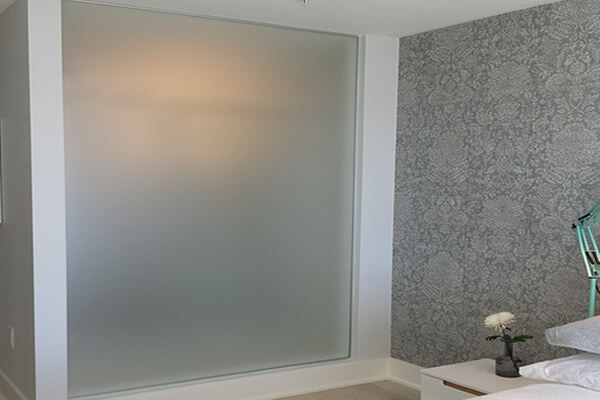

The Advancements and Applications of Strengthened Glass
In recent years, strengthened glass has emerged as a crucial material in a multitude of industries, owing to its superior strength, durability, and aesthetic appeal. This innovative material, often referred to as tempered or toughened glass, undergoes a special heating and cooling process that significantly enhances its physical properties, making it a preferred choice for both functional and decorative applications.
What is Strengthened Glass?
Strengthened glass is produced through a process of thermal or chemical treatment that increases its strength compared to regular glass. The standard method involves heating the glass to over 600 degrees Celsius and then cooling it rapidly. This process creates compressive stresses on the surface of the glass that allow it to withstand greater impact and thermal changes without breaking. As a result, strengthened glass is typically four to five times stronger than standard window glass.
In addition to heat treatment, there is also a chemical strengthening method, which involves immersing the glass in a potassium salt bath. This method replaces smaller sodium ions in the glass with larger potassium ions, providing additional compressive stress. The resulting glass is exceptionally resilient and often used in specialized applications.
Applications of Strengthened Glass
The applications of strengthened glass are vast and varied. One of the most common uses is in the construction industry, where it is hailed for its safety and structural integrity. Tempered glass is widely utilized in facades, doors, windows, and even balcony railings. Its ability to shatter into small, blunt pieces rather than sharp shards minimizes the risk of injury, making it a safer option in public and residential spaces.
In the automotive industry, strengthened glass is essential for vehicle safety. The windshields and windows of cars are often made from laminated or tempered glass, ensuring they can endure significant force while remaining intact during accidents. The use of strengthened glass in vehicles not only improves safety but also contributes to the overall aesthetic design of modern automotive engineering.

Moreover, the fashion and electronics industries have recognized the advantages of strengthened glass. Smartphones, tablets, and other electronic devices are frequently protected by tempered glass screens, offering increased durability against drops and scratches. This not only extends the lifespan of these devices but also maintains their sleek appearance. In interior design, strengthened glass is utilized for creating elegant partitions, tabletops, and decorative elements, providing a contemporary look while ensuring it withstands everyday wear and tear.
The Environmental Perspective
The production of strengthened glass is also more environmentally friendly than one might assume. Because it is made from silica sand, soda ash, and limestone, the raw materials are abundant and recyclable. The increase in the durability of resisted glass reduces the need for frequent replacements, thereby lowering waste over time. Additionally, many manufacturers are now focusing on sustainable production methods that minimize energy consumption and carbon emissions during the glass-making process.
Challenges and Innovations
Despite its many advantages, the strengthened glass market is not without challenges. Concerns about thermal stress, production costs, and potential defects can pose risks that manufacturers continuously strive to overcome. However, innovation in technology and material science offers an optimistic outlook for the future of strengthened glass. Advances in nanotechnology are leading to new types of coatings that can enhance scratch resistance and self-cleaning properties, further expanding its applicability across different sectors.
Conclusion
As our society progresses, the demand for safe, durable, and aesthetically pleasing materials continues to rise. Strengthened glass stands at the forefront of this demand, offering numerous benefits that cater to various industries. From architecture and automotive design to consumer electronics, the use of strengthened glass is set to grow, signaling a future where innovation in material science can lead to enhanced safety, sustainability, and style. Through ongoing advancements, strengthened glass will undoubtedly continue to shape our built environment and everyday products for years to come.